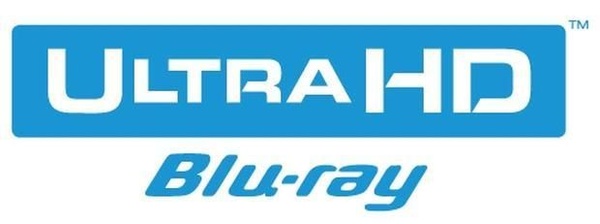
"For years, Blu-ray Disc has set the standard for high definition picture and audio quality in the home. Ultra HD Blu-ray will do the same for UHD home entertainment," said Victor Matsuda, chair, BDA Promotions Committee. "The technical capabilities of Blu-ray Disc, in particular its significant storage capacity and high data transfer rates, will enable the delivery of an unparalleled, consistent and repeatable UHD experience."
In addition to offering content with resolutions up to 3840x2160, the new format also "enables delivery of a significantly expanded color range and allows for the delivery of high dynamic range (HDR) and high frame rate content. Next-generation immersive, object-based sound formats will also be delivered via the Ultra HD Blu-ray specification." Ultra HD Blu-ray will have space for 66GB on dual-layer discs and 100GB on triple-layer discs.
Also of note, there will be a "digital bridge" feature that allows consumers to view their content on numerous devices around the home.
All Ultra HD Blu-ray players will also be backwards compatible with Blu-ray discs, so you don't have to re-buy your whole collection for the 20th time. Expect more availability news throughout the summer, says the BDA.
Written by: Andre Yoskowitz @ 14 May 2015 13:37



